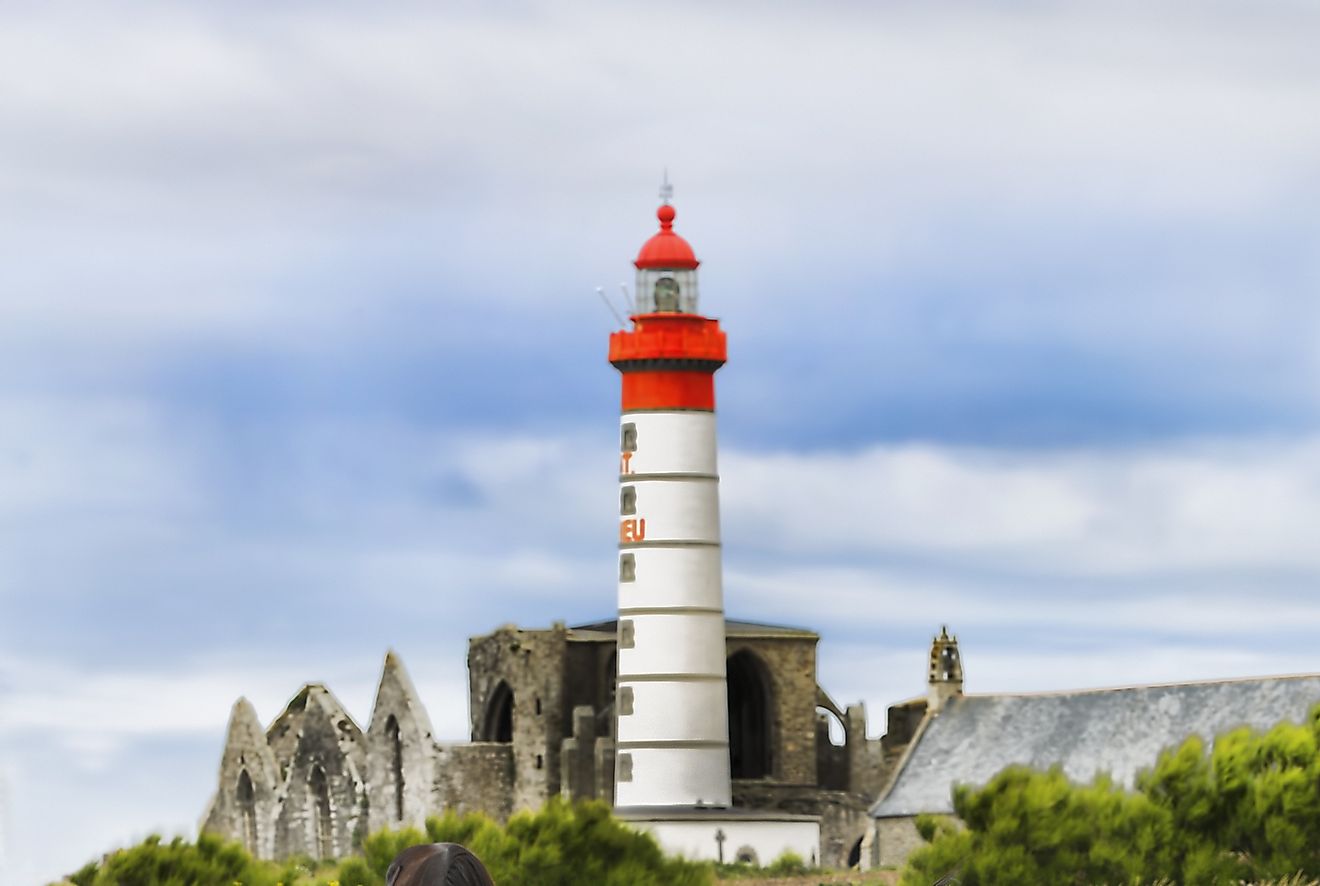The Bretons - Cultures of the World

5. Description
Brittany, a cultural region situated in the northwestern region of France, lies at the edge of continental Europe. The area is home to the Bretons, who are known to have reached their present homeland during the Sixth Century AD while abandoning the Anglo-Saxons across the English Channel. Up until 1532, Brittany was governed independently, at which time it was legally united with the rest of France, serving as an important access point to the world's oceans. Despite suffering monumental upset during the two World Wars, the region has greatly progressed, especially with respect to the modernization of both their agricultural and industrial sectors alike. Bretons speak not only Breton (called Breizh in the Breton language), but also French, with the former language originating from the Cornish and Welsh spoken in the British Isles. The area juts into the sea upon the Peninsula of Armorica.
4. Architecture
The Bretons are notorious for their numerous monuments of megalithic composition, with the trade terms 'dolmen' and 'menhir' originating from their very own Breton language. Monuments with Roman influence are not as numerous in Brittany as they are in other areas of France and the British Isles, although they do have the famous temple in Corseul, as well as the city walls and ruins of Nantes and Rennes, from the area's time under the rule of the Roman Empire. Once visitors find themselves in Brittany, they'll soon discover that there is no scarcity of Medieval, Art Deco, and Art Nouveau establishments in the region. French Gothic churches, as well as Romanesque ones, can be found abundant throughout, frequently made out of granite and sandstone. Semi-timbered residences, and a smattering of old palaces, can be admired from where the Breton cities, villages, and towns of today are located.
3. Cuisine
Among the most distinctive of Breton dishes are their galettes and crepes, as well as their world famous cider, which is traditionally offered in a cup or a bowl. Aside from that, Brittany also boasts tasty artisanal beers made from recipes which originate to as far back as the 17th Century. Examples of these include Britt, Coreff de Morlaix, and Tri Martolod beers. Those who fancy drinks with higher alcohol contents may enjoy the unforgettable chouchen, a mead classically prepared with lambig (apple spirits) and wild honey. Breton buttermilk is known as lait ribot, and it is usually drunk together with a meal of galettes or crepes, served with bacon, eggs, sausages, and cheese. A sumptuous dish made of stewed beef or pork with dumplings called kig ha farz is another popular favorite among the Bretons, along with cotriade (seafood stew) and the exquisite kouign amann (butter cake).
2. Cultural Significance
The people of Brittany have made cultural contributions never to be forgotten to the world at large. They have enriched the globe not only through their architecture and cuisine, but also via their literature, music, intricate needlework, and majestic landscapes, many of which have inspired several globally renowned works of art from domestic and foreign artists alike. Since the start of the 18th Century, the Bretons have become increasingly known for their fine tin-glazed pottery, sets of which are complete with hand-painted plates, bowls, saucers, and cups alike. Numerous French artists have been widely influenced by the Breton culture through the Pont-Aven school of thought that originated therein. Examples of these notable personalities include Marc Chagall, Raymond Wintz, Paul Gauguin, Paul Signac, and Paul Sérusier.
1. Threats
Political separatism from the rest of France is no longer a major concern of the Bretons, but their culture and language are facing a great threat today. By 1990, the people of Brittany had recognized the widespread decline of their traditional ways of life, and that their main language is now only being widely spoken by the elderly and not as much by their younger generation, who are becoming increasingly assimilated into mainstream French and Continental European culture. As in many places in the world, preserving traditional cultures among the Bretons will become an increasingly arduous task in the wake of trends towards technological dominance, mass media influence, and globalization so pronounced across the world today.







